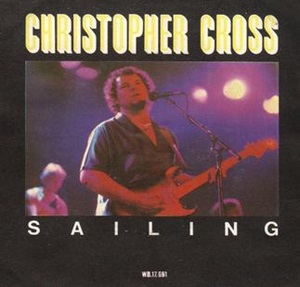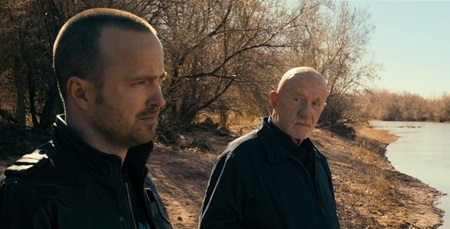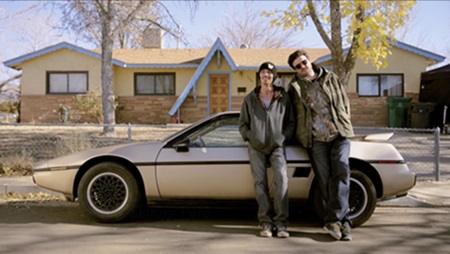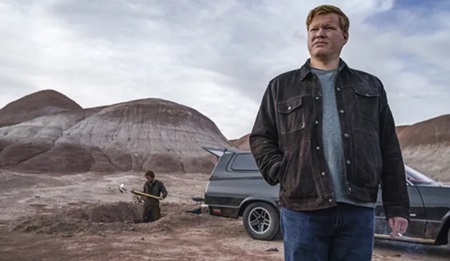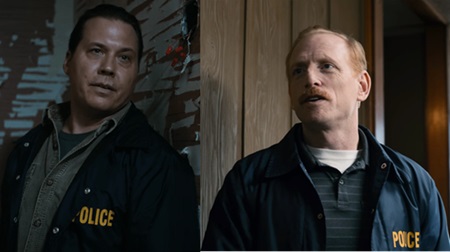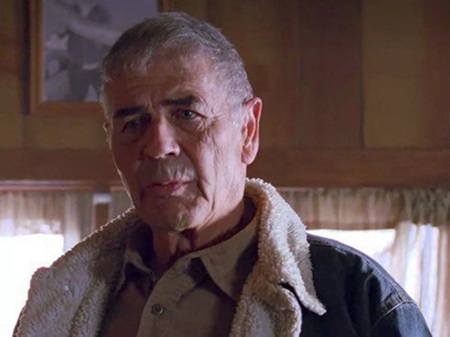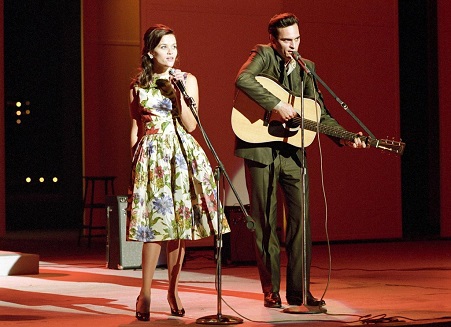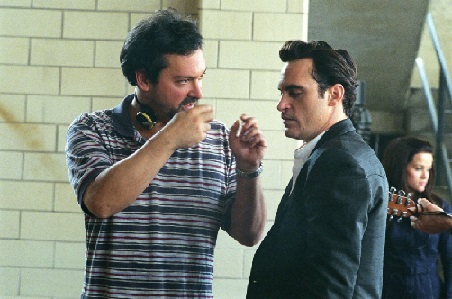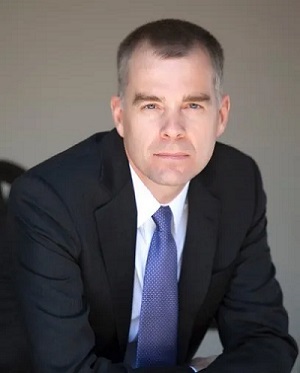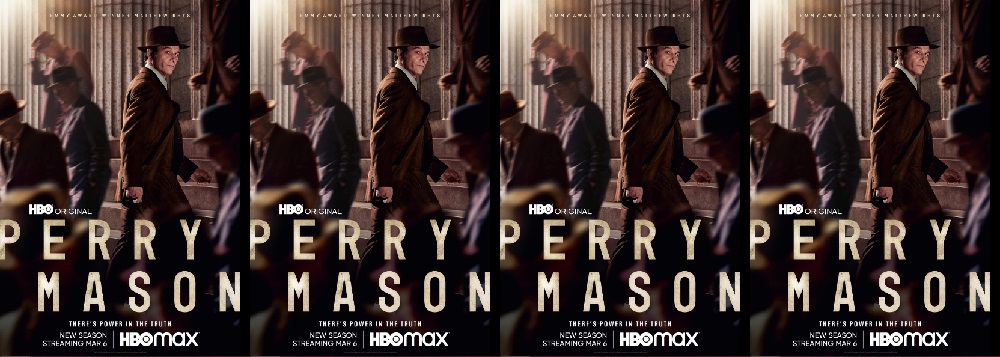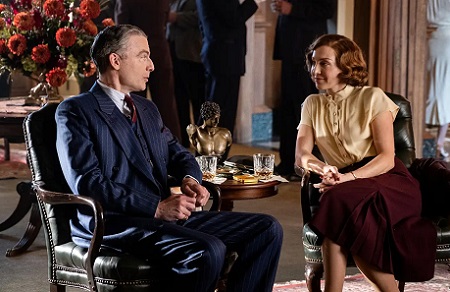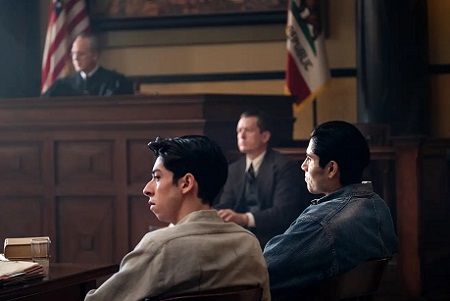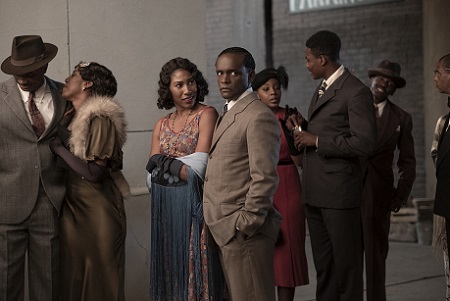Kyle Mills continues the Mitch Rapp series of books (book sequence here) created by Vince Flynn with the nineteenth (19th) book in the series, the sixth written by Mills. With Total Power, we see a threat to the United States power grid from ISIS (sometimes called ISIL, Daesh, or more simply, IS). The book unfolds with traditional terrorist suspense and a splash of the typical lack of political will, with a stronger bit of terrorism skill baked in.

The first movements of the story within Total Power introduce the political intrigue associated with the cost of infrastructure updates to the power grid in the United States, along with the vulnerability of the network if a knowledgeable actor with evil intent along with the proper knowledge planned to exploit what weaknesses exist in the system. The underlying issue of coordinated attacks of strategic execution could plunge the United States in darkness for well beyond days, weeks or months before an effective government or free market response could be forthcoming.

The second movements of the story bring Mitch Rapp, the force of the Central Intelligence Agency (CIA) and a US president nearing the end of his presidential leadership to bear on an imminent attack staged at the moment the issue is under attack. The attack, though led by ISIS, actually has a bite beyond the jihadist skill to deploy the attack. Despite an explicit effort led by Rapp and a capable team of counter-terrorists, the attempt to thwart the attack is detected ahead of the CIA trap that had been laid. The attack that both infiltrated ISIS and the United States power grid, plunged the mainland into darkness that would last for weeks or months. Effectively, the United States had been crippled with no effective ability to recover.

With the skills of Mitch Rapp and his team now tactically eliminated, the investigate, infiltrate and get to the knowledgeable few became the third movement of Total Power. The world of malfunctioning infrastructure, computers and communication systems down, and starvation, death and inevitable rioting with little capacity for countering the chaos became the name of the response. The means for getting to a legitimate solution that addressed the infrastructure, and those who damaged it were the odds that needed to be addressed. Would those odds be overcome? You know it would be.
That the narrative telling of Mitch Rapp moved almost strictly into ways to address a power grid attack where powerlessness to respond was at stake was unique and appreciated. This change worked for me more at a high level, though the bigger issue that I found was that there really was only one plausible way that the solution to the problem of that powerlessness was going to be resolved. That I was in tune with how things worked out earlier in the book than I wanted to know proved disappointing. As for Total Power written by Kyle Mills, I give the book 3.75-stars on a scale of 1-to-5.
Matt – Wednesday, March 20, 2023












